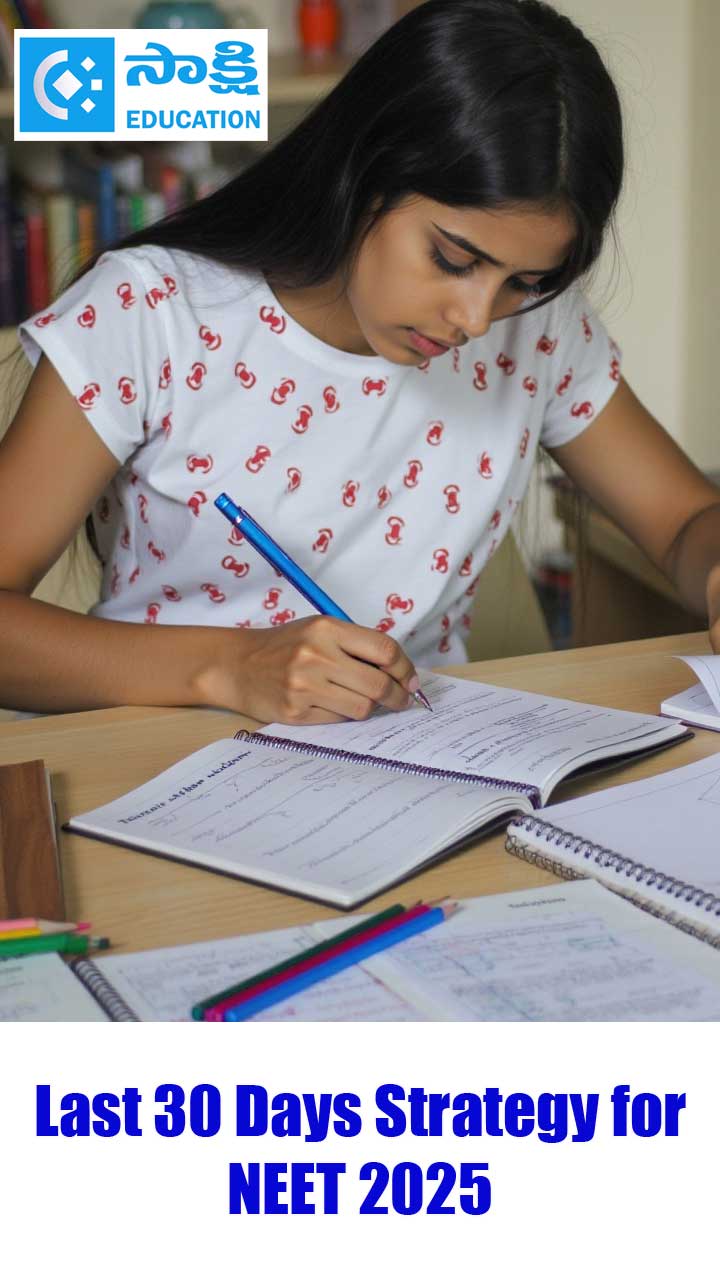Citizens and the Governments
 1 Mark Questions
1 Mark Questions
-
Write the advantages of Lok Adalat.
A. 1. Lok Adalat settles cases in short time and without any expense.
2. If court fees is paid already, amount will be refunded if the dispute is settled at Lok Adalat according to the rules.
3. The parties to the dispute can directly interact with the judge through their counsel which is not possible in regular courts of law.
-
What do you mean by Appellate authority?
A. Appellate authority: The authority that has power to hear appeals and review decisions.
-
Write any two exemptions for disclosure of R.T.I.
A. i) Information that could affect the sovereignity and integrity of India.
ii) Matters that could be of strategic, economic and scientific interest of the state in the context of foreign powers.
-
What do you understand by a civil case?
A. Civil cases are related to people’s rights over land, property, income and people’s relationships with each other.
-
Name different types of information.
A. Records, Documents, Memos and e-mails.
-
Expand RTI and when was RTI Act passed?
A. RTI means Right to Information. RTI Act was passed in 2005.
-
Who is responsible to provide information when asked by public?
A. Public Information Officer.
- Who is Public Authority?
A. Any person who is a servant of any government body is considered as public authority.
2 Marks Questions
-
What is the purpose of Lok Adalat?
A.1. The Lok Adalat facilitates the peaceful, amicable compromise or settlement of cases.
2. It is meant to reduce the burden (in the form of too many cases pending)of the courts.
3. Under Legal Services Authorities Act 1987, the award made by Lok Adalat is deemed to be the decree of a civil court. It is final and binding on all parties. No appeal lies before any court against Lok Adalat’s award.
-
Is there any mechanism for alternate dispute resolution outside the courts?
A. In our country, from olden days, the conflicts in the villages and in the communities were addressed by elders in a peaceful and amicable way. This is an alternate mechanism for resolving disputes. It involves less time and less expenditure.
-
The schemes introduced by the government are not reaching the people properly owing to corruption, illiteracy etc. What measures do you suggest to implement these programmes properly?
A. i) Mr. Rajiv Gandhi himself said that out of every one Rupee spent on the poor even 15 ps. is not reaching them.
ii) The reasons include corruption, redtapism and illiteracy.
iii) Steps to be taken in the longrun to avoid this problem.
a) Educate the people.
b) Create the awareness in the people about the government schemes.
c) People themselves should check corrupt political leaders, bureaucrafts and other officials.
-
Right to Information Act resembles the true spirit of democracy. How do you justify?
A.1. Democracy government means of the people, by the people and for the people.
2. Through RTI, any citizen can approach any government department seeking any kind of information in written form or e-mail form at nominal prices (5/- or 10/-) in their local language.
3. Therefore, this act is making citizens informed about their government and officials making them involved actively in the democracy.
4. This ensures to prevent corruption and makes public authorities more accountable and transparent.
Eg: 2G Spectrum case is revealed because of RTI filed by an activist.
-
What is information?
A. Information is a material in any form which includes records, documents, memos, e-mails, opinions, advices, press releases, circulars, orders, logbooks, contracts, reports, papers, samples, models, data material held in any electronic form and information relating to any private boy which can be assessed by a public authority under any other law for the time being in force.
-
What are the functions of Legal Service Authorities?
A. The Legal Service Authority shall perform following functions at various levels:
1. Give legal services to person who satisfies the criteria laid down under this act.
2. Conduct Lok Adalats.
3. Undertake preventive and strategic legal aid programmes.
4. Perform such other functions as the legal service authority fixes by regulations.
- What do public authorities are expected to follow under RTI Act?
A. The Act indentifies public authorities who are expected to follow various RTI Act as following:
1. Institution created under the Constitution.
2. Made under the laws of Parliament or State Legislatures.
3. Created through a notification or order of the appropriate governments.
4 Marks Questions
-
What are the advantages of Lok Adalats?(Conceptual understanding)(given in TS SCERT Model Paper)
A. Lok Adalats are people’s courts. They settle the disputes through arbitration.
Benefits of Lok Adalat:
1. There is no court fee and if court fee is already paid, the amount will be refunded if the dispute is settled at Lok Adalat according to the rules.
2. The basic features of Lok Adalat are the procedural flexibility and speedy trial of the disputes. There is no strict application of procedural laws while ascertaining the claim by Lok Adalat.
3. The parties to the claim by Lok Adalat interact with the judge through their counsel which is not possible in regular courts of law.
4. The award by the Lok Adalat is binding on the parties and it has the status of a decree of a civil court and it is non-appreciable, which does not cause the delay in the settlement of disputes finally.
5. Provides free legal advice from the advocates, appoints advocates to argue the cases in the courts.
6. Bears the courts expenses pertaining to the case to the persons entitled for free legal services.
7. Supports providing photo copies of the judgement free of cost.
-
Write the reasons for giving autonomous status to State and Central R.T.I officers.(Conceptural understanding)(given in TS SCERT Model Paper)
A.1. Autonomous status means the status/ability to act and make decisions without being controlled by anyone else.
2. Right to Information is a lethal weapon of the public to know different activities of the government.
3. The Right to Information makes it a legitimate right to all the citizens to have access to the information like GOs, reports, attendance lists, documents, e-mails, memos, agreements, circulars, log books, minutes etc.
4. With the autonomous status, the State and Central RTI officers can discharge their duties without any partiality, bias or pressure.
5. To avoid the influence of the political leaders and other government powerful officials that may influence the staff of the Right to Information, the State and Central Information Officers are provided autonomous status.
-
Read the text (given) and answer the question.
The government is responsible to all the people. All the government officials should provide the information what people usually demand. The Act was passed as a result of people’s mobilization as well as in recognition of the provisions in the Constitution that provides Rights to Citizens. Right to Information Act was passed by the central government in the year 2005.
• When did a campaign for Right to Information Act start? How did the Act come into force? Explain.
From the year 1990 people’s organizations have been demanding for the Right to Information Act. In the year 2002, the Central government took a big stride by making ‘Freedom of Information Act-2002’. It is sad to note that this Act did not come into force. So people were not in a position to use their right. In the year 2002, UPA government promised to bring ‘Right to Information Act’. It even promised that the law so made will help in progressive reconstruction, meaningful and above all it promised to make people to be the part’. UPA government has appointed a National Council and included the key aspects suggested by NCPRI (National Campaign for People’s Right to Information), an organization working to spread awareness of the use of Right to Information Act.
In August 2004, NCPRI, CHRI (Common Wealth Human Rights Rights Initiative) and people’s organizations presented their views to the National Council. The National council stressed on the need to bring changes in Freedom of Information Act 2002.
In December 2004, Right to Information Act was presented in Parliament. The bill was accepted on 11th May 2005 by Lok Sabha and on 12th May 2005 by Rajya Sabha. On 15th June 2005, the President gave the assent to the bill. The bill came into force on October 12, 2005.
-
‘Right to Information Act has certain limitations’. Discuss.(Conceptual understanding)
A. The Right to Information Act brings transparence in administration. Right to Information is a must. Yet it has certain limits keeping in view to safe guard the unity and integrity of the country. The following are the aspects where an individual/organisation cannot be given any information.
1. Information that could affect the sovereignity and integrity of India.
2. Information that could breach the privilege of parliament or state legislature.
3. Information received in confidence from foreign government.
4. Information that could endanger the life or physical safety or a person.
5. Cabinet papers or records of Council of Ministers and secretaries (before the final decisions is taken)
6. Our armed forces and security agencies are outside the preview of information commissions.
The information which is a secret if revealed may be misused by anti social elements posing a threat to the sovereignity of the nation.
-
What steps have been taken to ensure that any citizen can access information from the different government departments in the country?(Conceptual understanding)
A. 1. Many steps have been taken up been taken up by the government to ensure that any citizen can access information from different government departments in the country.
Ex: Right to Information Act, technology interventions like e-governance, e-bizz etc.
2. All officers are asked to keep a display of vital details of the officers, along with the responsible person to be contacted and their details for the easy access of people.
3. Every department must have a Public Relation Officer who has to respond to the complaints under RTI.
4. All PIO’s of all departments and the appellate authority are answerable to the State Public Information Office (SPIO) with a State Public Information Commissioner(SPIC).
5. If a government department falls under central government, PIO’s are accountable to Central Information Office (CIO) with a Central Public Information Commissioner (CPIC).
6. IF the PIO refuses to reply to the required information in the stipulated time, one can approach SPIC and CPIC who can hold PIO accountable for it and impose punishments for them.
7. With such methods, it is made sure that no complaint goes unanswered or delayed a longtime.
- What is the need providing information by government to public? (Conceptual understanding)
A. The need of providing information by government to public is as follows:
1. In a democratic country like India, governments are accountable to public. This is the true virtue of democracy.
2. In the same way people have a responsibility to know the functioning of government and its various programs.
3. This enables the government departments to maintain exact records which can be accessed for future reference purpose and provide information to public on demand.
4. This ensures the transparency of government functions and keeps a monitoring on government programmes.
5. This also helps in fighting corruption and to provide impartial status to every citizen.
Therefore this is the reason why government needs to provide information to public.
Objective Questions
1.Under which act can one gets information from the government records?
a)Right to Liberty
b)Right to Information
c)Right to freedom speech
d)Freedom of press
Ans: b
2. Who of the following are not eligible to receive free legal aid from Legal Serrvices Authority?
a)Victims of illegal human trafficking
b)Industrial labourers
c) Persons of below one lakh annual income
d) Persons of above one lakh annual income
Ans: d
3. Right to Information Act was enacted by central government in ______
a)2005
b)2006
c)2007
d)2008
Ans: d
4. The officer incharge to look after the development of the Panchayat
a)Mandal Development Officer
b)Mandal Revenue Officer
c)Panchayat Officer
d)District Collector
Ans: c
5. Any changes to RTI can be made by
a)President
b)P.M
c)Parliament
d) Supreme court
Ans: c
6. RTI act is limited to which of the following
a) Military affairs
b)Matters related to sovereignity of country
c) Foreign affairs
d)All the above
Ans: d
7. Juvenile criminals are
a)People aged below 17
b)People aged above 17
c)People aged below 19
d)Girl’s below 17
Ans: a
8. The person who gets information should pay
a)5-10
b)1961
c)1981
d)1991
Ans: a
9. RTI ensures the government to _______
a)Maintain records
b)Conduct Welfare programs
c)Make laws
d)None of these
Ans: a
10. ________ are accountable to SPIC and CPIC.
a)Government bodies
b)State legislature
c)PIO
d)Health department
Ans: c
11. The information under RTI is provided in _________ language.
a) Hindi
b)English
c)Regional languages
d)All of above
Ans: d




















